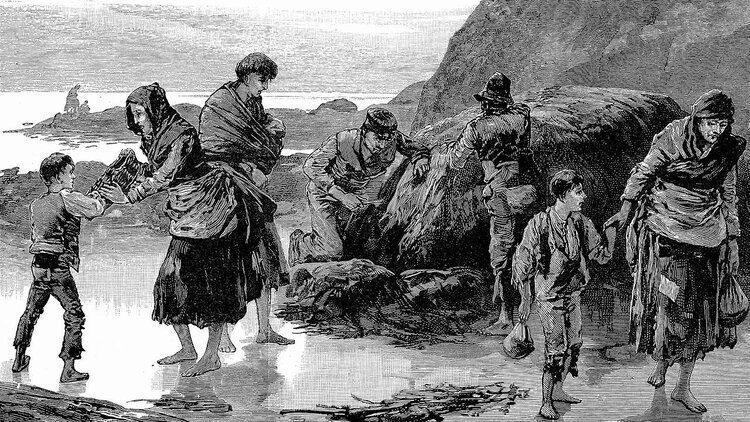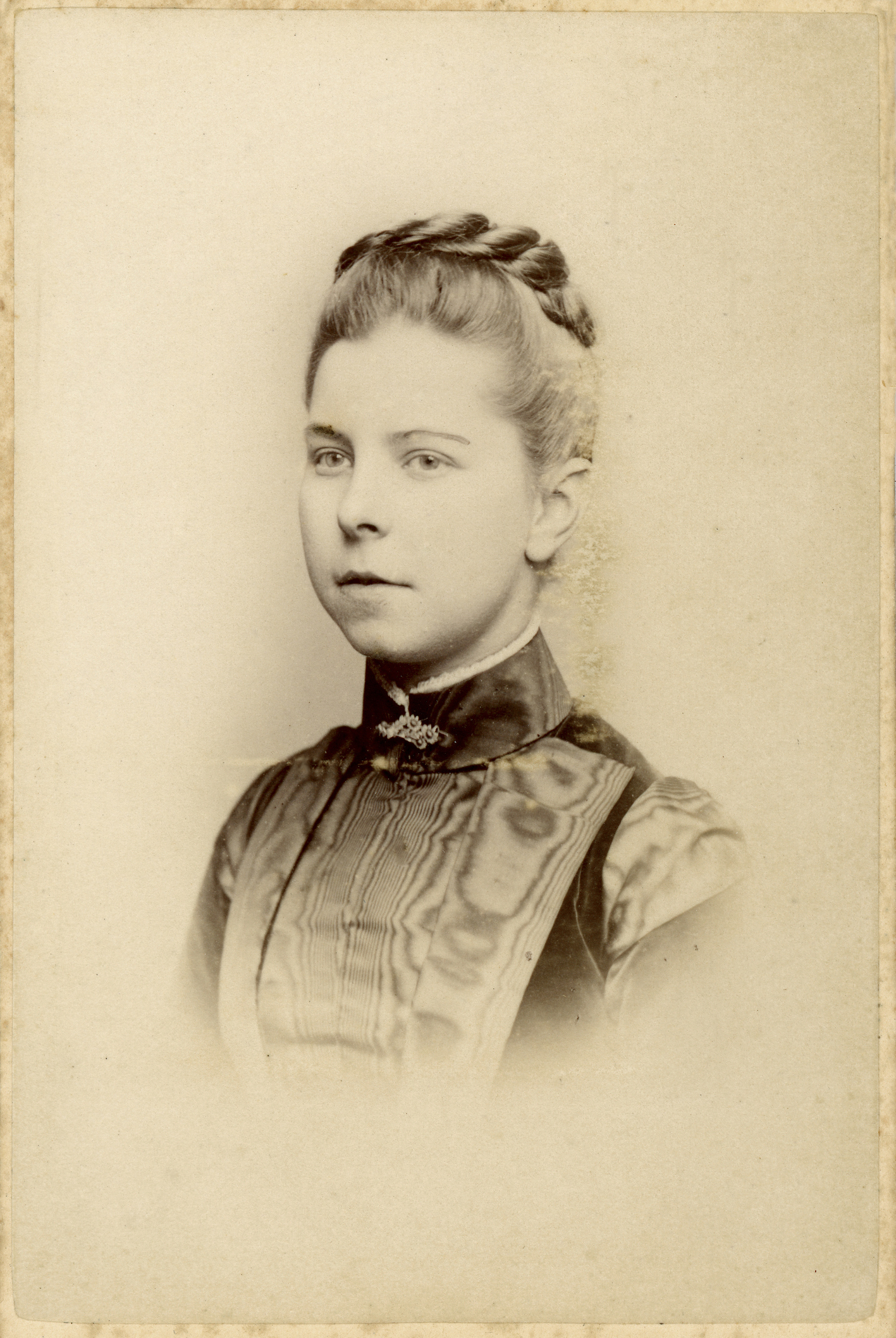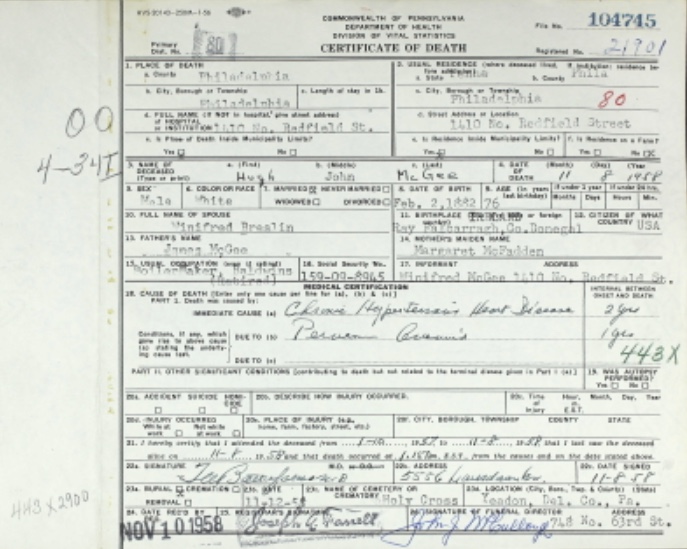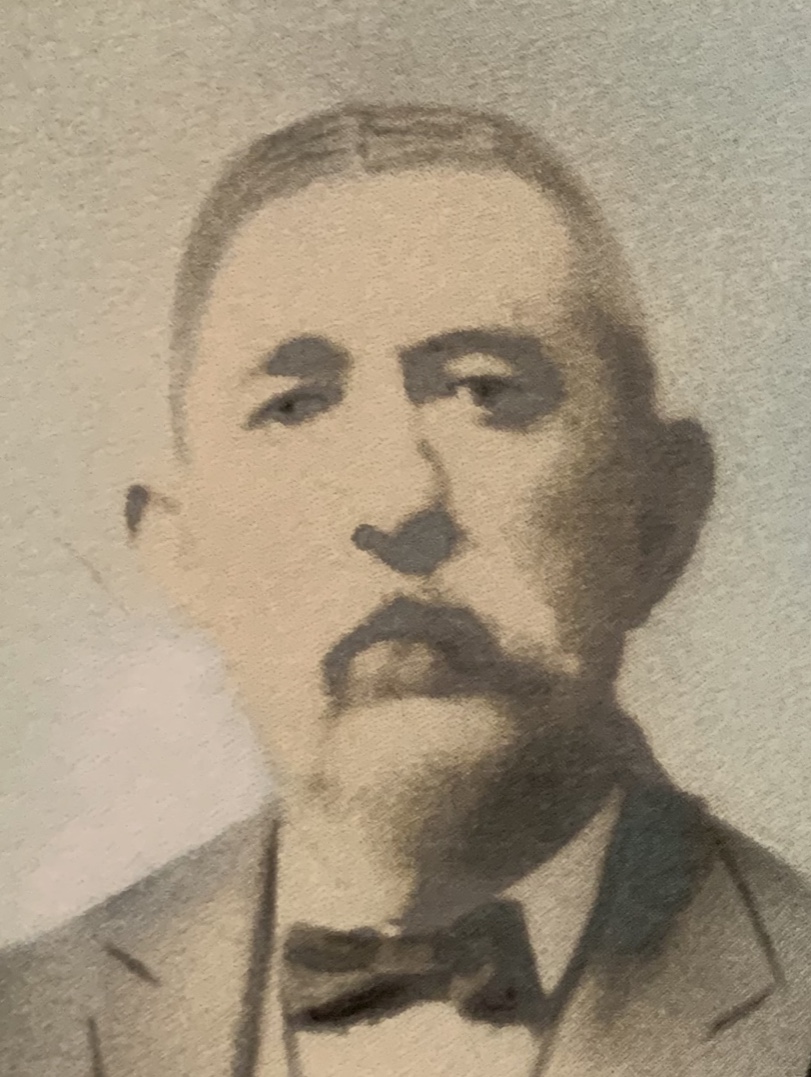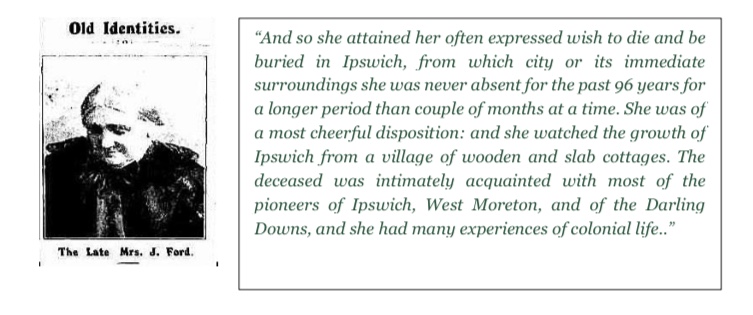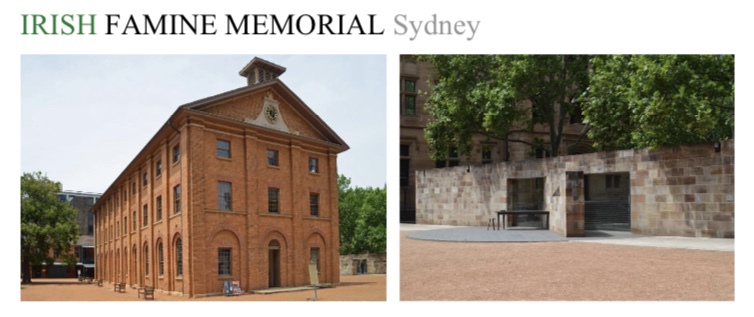“I’ll take you home again, Kathleen, across the ocean wild and wide
To where your heart has ever been since first you were my bonny bride
The roses all have left your cheek, I’ve watched them fade away and die
Your voice is sad when e’er you speak and tears bedim your loving eyes.”
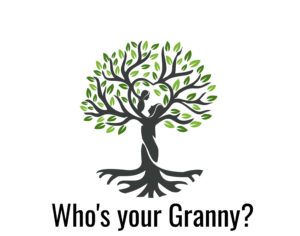 The familiar lines of “I’ll Take You Home Again, Kathleen,” penned by Thomas P. Westendorf in 1875, evoke all the emotions associated with the theme of Irish immigration to the United States, particularly in the years after An Gorta Mór. They are the lyrical depiction of the sadness and longing experienced by the millions who crossed the Atlantic for a better life; the trade-off being they would never see their homes or families again.
The familiar lines of “I’ll Take You Home Again, Kathleen,” penned by Thomas P. Westendorf in 1875, evoke all the emotions associated with the theme of Irish immigration to the United States, particularly in the years after An Gorta Mór. They are the lyrical depiction of the sadness and longing experienced by the millions who crossed the Atlantic for a better life; the trade-off being they would never see their homes or families again.
It’s the prevailing image we all have, and for the most part it’s true. Although many Irish would be reunited with family members who had already come over, or relatives they would help to bring over at a future date, and letters were exchanged, a return journey was out of reach for the majority of those who immigrated to America.
But there are exceptions to every rule, and I’ve been intrigued by occurrences of “return migration” that I’ve come across over the years. Here are three different instances among those I’ve encountered.
The first, believe it or not, was in the 1600s. My earliest Irish ancestor to reach the shores of America was Miles Riley, born about 1614 in County Cavan. In 1634, he and his older brother Garrett arrived in the Virginia colony on the Bonaventure. Several years later, another brother, Thomas, joined them.
From what I’ve been able to glean, in the mid to late 16th century, the Clan Riley began losing a lot of their land and prestige. First to other clans, then to the English, and then through power struggles within the family. However, though their circumstances had changed, the brothers were not without means as they embarked on their new lives; they were given land grants and Miles is recorded as receiving an additional 1,100 acres in Virginia for sponsoring 20 immigrants in the 1660s.
But sometime in the early 1650s, Garrett found a way to return to Ireland as a landowner. He sold off his land grants in the colonies and bought his passage back to Ireland. He shows up on tax rolls in 1655 and 1665 as owning a six-room thatched cottage in Kells, County Meath. Exactly how and why this came about is a story still to be discovered, and hopefully there are records out there somewhere with more information.
Continue Reading

